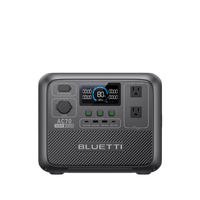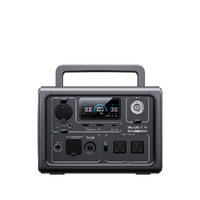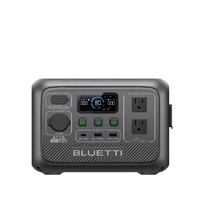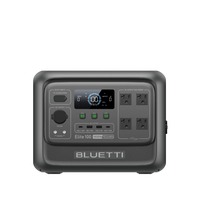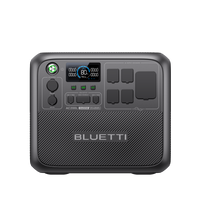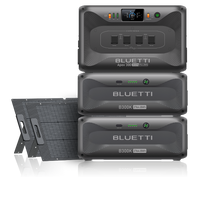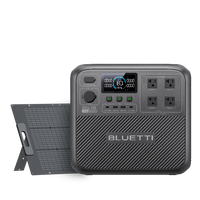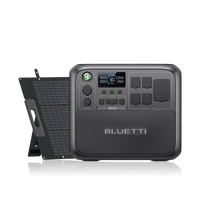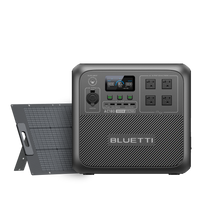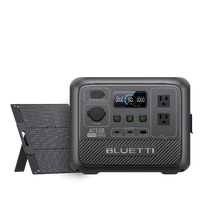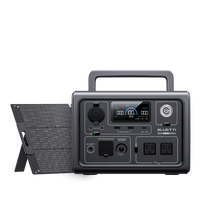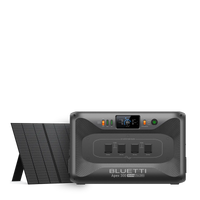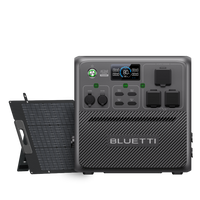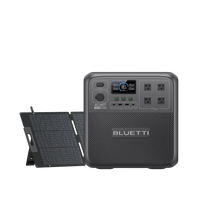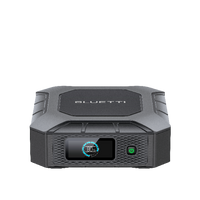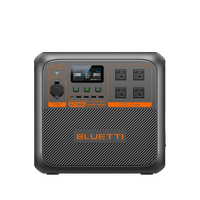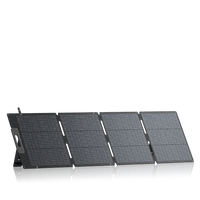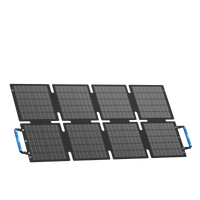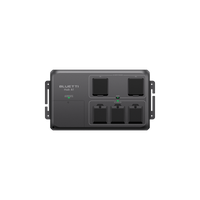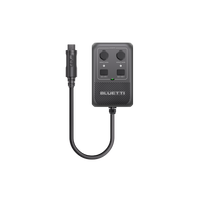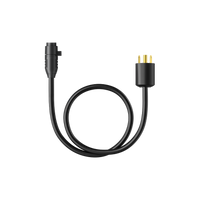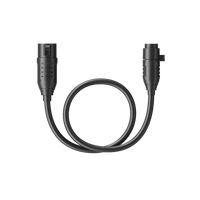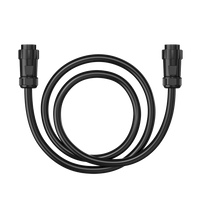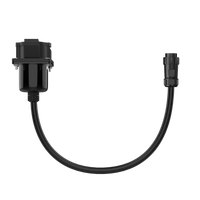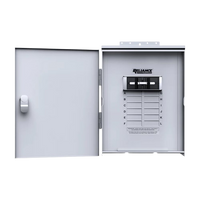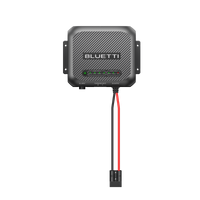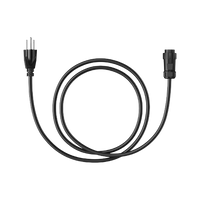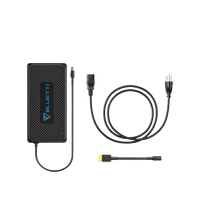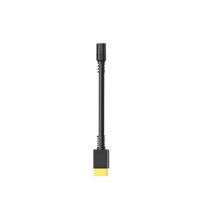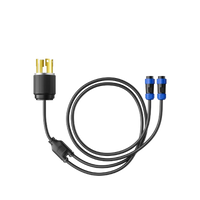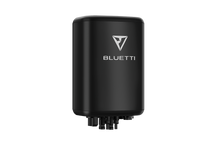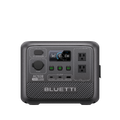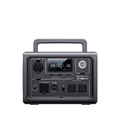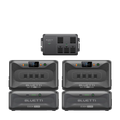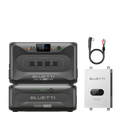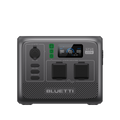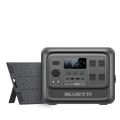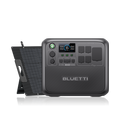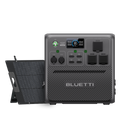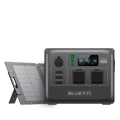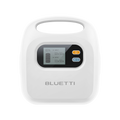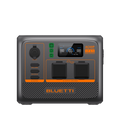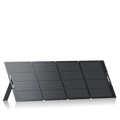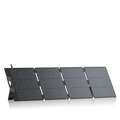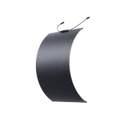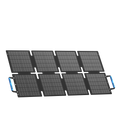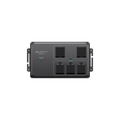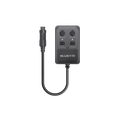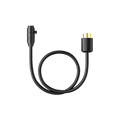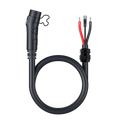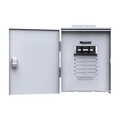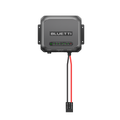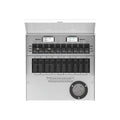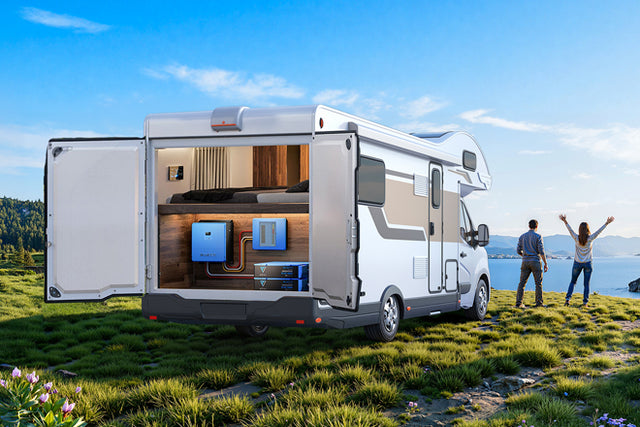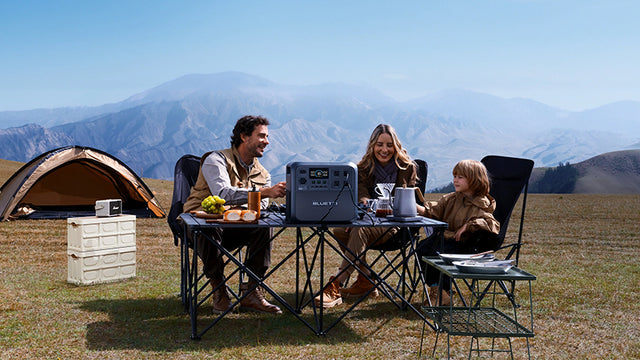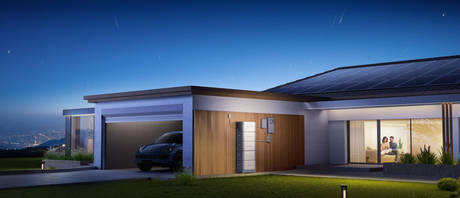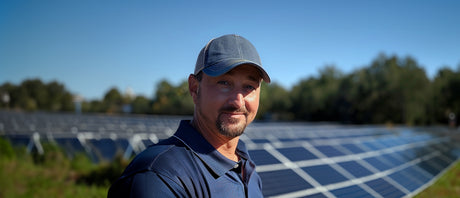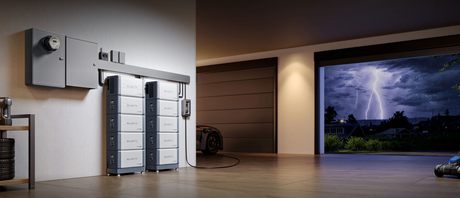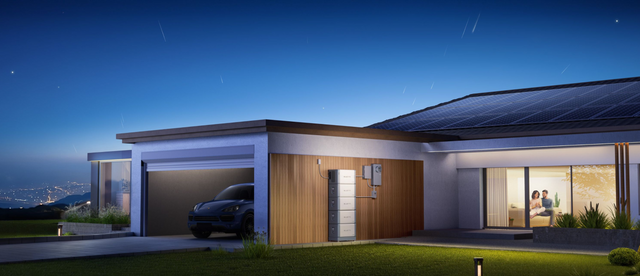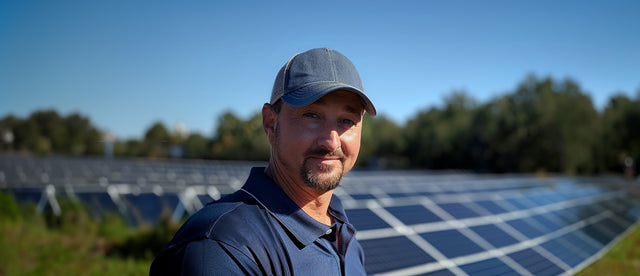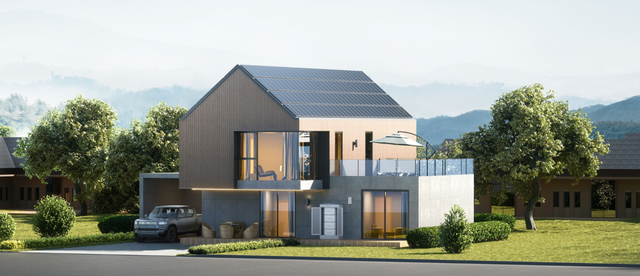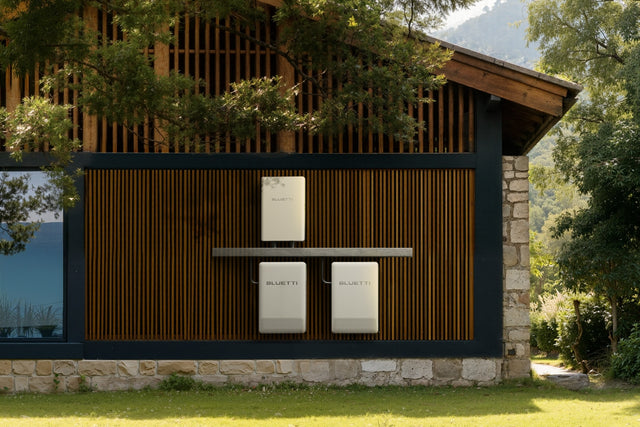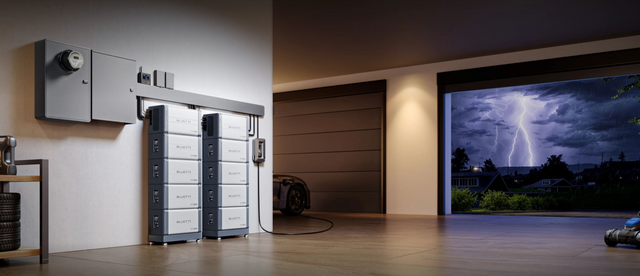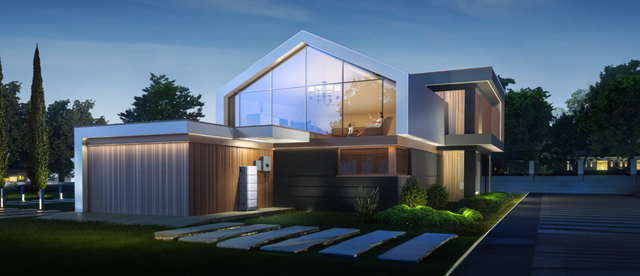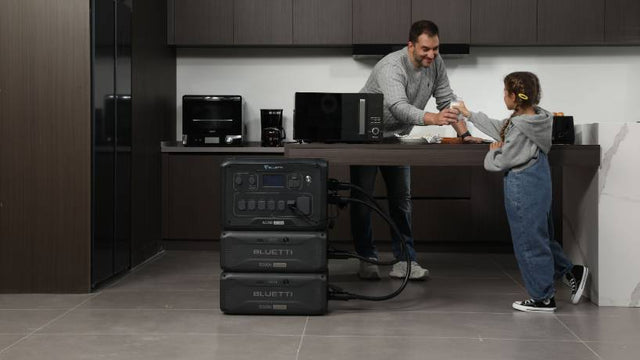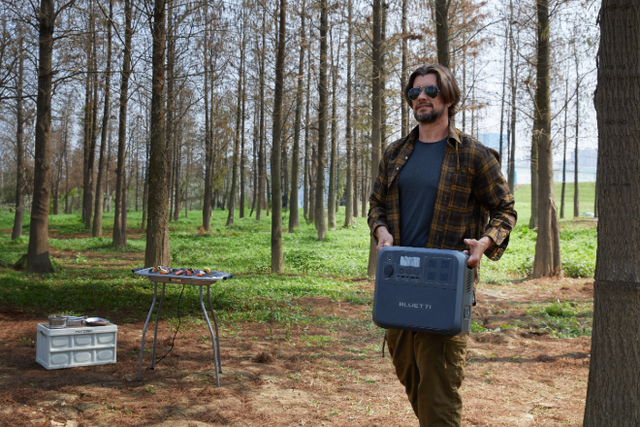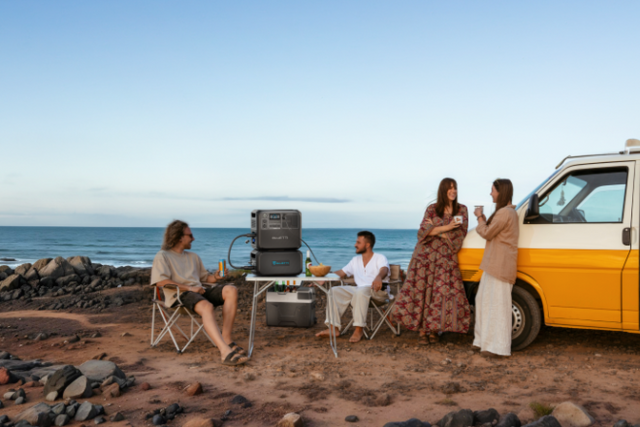Your cart is empty
Shop our productsProjectors used to be something you'd only see in classrooms or offices, but lately they've exploded in popularity. People are setting them up for home theaters, gaming sessions, and even backyard movie nights with friends.
And with that rise, one big question keeps coming up: How much power do projectors actually use?
Knowing a projector's wattage isn't just for tech geeks. It can tell you what to expect on your electricity bill, whether your setup will work off-grid, and what kind of backup power you'll need if you're planning a movie night under the stars.
This 2025 guide explores projector power use, including types, factors affecting wattage, and running costs. We'll also show how portable power stations, like BLUETTI's, enable worry-free viewing anywhere.
Why Wattage Matters in Projectors

When you see "wattage" on a projector spec sheet, it's really just telling you how much juice it pulls from the outlet while it's running:
- Your electric bill—Movie marathons or gaming nights can stretch on for hours. The higher the wattage, the more it adds up at the end of the month.
- Taking it on the go—Planning a backyard screening or camping trip? Wattage decides what size portable power station you'll need to keep the movie rolling.
- Cost and performance—Higher wattage increases bills but often delivers brighter, sharper images. The catch: you pay for that performance in electricity.
Understanding What Watts Actually Mean
A watt measures how quickly an appliance uses energy. With projectors, the number mostly comes down to the kind of light source inside and how bright the image gets (measured in lumens).
- Electricity costs – The higher the wattage, the more you're paying every hour the projector is running.
- Battery use – Planning to plug into a portable power station? Knowing the wattage keeps you from overloading it.
- Heat and lifespan – More watts usually means more heat, which can make the fan noisier and shorten the lamp's life.
At the end of the day, wattage isn't just a boring number; it's the thing that tells you how much your projector will cost to run, how portable it is, and how long it'll last.
Average Power Use by Projector Type
Not all projectors sip power the same way; it really depends on what they're built for. Here's a rough breakdown:
|
Projector Type |
Average Wattage Range |
Typical Uses |
|
Mini / Portable Projectors |
10-100W (avg. ~50W) |
Travel, camping, outdoor casual viewing, and small rooms |
|
Home Theater Projectors |
100-300W |
Dedicated cinema rooms, gaming, streaming, and family movie nights |
|
High-End / 4K / Laser Projectors |
300-600W |
Premium setups, auditoriums, and large outdoor screens |
Mini & Portable Projectors
- Range: 10-100W (usually around 50W)
- Best for: Camping trips, backyard movie nights, or tossing up a quick video without fuss
- Why people love them: Super light, easy to carry, and you can run them for hours off a small power station
Home Theatre Projectors
- Range: 100-300W
- Best for: Setting up a cozy movie room at home
- Why people love them: Solid brightness and resolution, with electricity costs that won't make your wallet cry
High-End / 4K Projectors
- Range: 300-600W (sometimes more)
- Best for: Serious cinema vibes or projecting onto a massive screen in big spaces
- Why people love them: Jaw-dropping image quality, though you'll definitely notice the power draw
Ultimately, the "right" projector depends on your use case and location. Moreover, projectors draw 5–15W in standby mode; fully power off when not in use to avoid phantom drain.
Standby Power Draw:
Even when they're not projecting, most modern projectors keep a few internal systems active, like the simple quick-start circuits or the Bluetooth modules. This standby mode usually pulls 5–15 watts, which doesn't sound like much but adds up over time.
For example:
- At 10W standby, that's 0.24 kWh per day, or about $1.22/month at $0.17/kWh just for sitting idle.
- Over a year, that's nearly 9 kWh of wasted energy if you never fully power off.
Pro tip: Use a power strip or unplug your projector completely after use to eliminate standby losses.
Key Factors That Affect Energy Use

Projectors don't all sip electricity the same way. A few things really change how many watts they pull:
- Brightness (lumens) – A 3,000-lumen projector will chew through way more power than a 1,000-lumen one. LED projectors deliver approximately 50 lumens per watt, while traditional lamps deliver 20 lumens per watt, making them more energy-efficient for the same brightness.
-
Lamp type –
- LED: super efficient, usually saving 30–50% energy compared to traditional lamp projectors of similar brightness.
- Laser: bright, long-lasting, but tends to sit in the mid-to-high wattage range.
- Halogen/UHP bulbs: great brightness, but they burn the most juice.
- Lamp lifespan and replacement costs: Traditional lamp-based projectors use UHP or halogen bulbs that typically last 2,000–5,000 hours and cost $100–$300 to replace. In contrast, LED and laser projectors can last 20,000–30,000+ hours before dimming, often outliving the projector itself. That longer lifespan saves you replacement costs, and there is much less energy wasted on manufacturing and disposal over time.
- Resolution – 4K models almost always use more power than standard 1080p projectors. However, they're often designed with higher brightness levels to maintain image quality, not because of resolution alone.
- Operating modes – Running in Eco or power-saving mode can drop energy use by as much as 40%.
- Cooling fans: Projectors also include internal cooling fans to manage lamp or LED/laser heat. These can draw an extra 10–30 watts depending on the model and brightness setting. While small compared to total lamp power, fan operation can add 5–10% to total power consumption, especially during long sessions or in warm environments.
- Throw distance and screen size:
Larger images or longer throw distances require more brightness and power. If you're setting up in a small room, keeping the projector closer and the image smaller lets you enjoy vivid visuals at much lower power draw.
So, the wattage number isn't random; it's tied directly to how you set up and use your projector.
Electricity Cost in Real Terms
So what does all this wattage talk actually mean for your wallet? Let's crunch a simple example:
Imagine you've got a 150W projector running for about 2 hours a day. That adds up to:
- 0.3 kWh per day
- Around 9 kWh per month
Now, depending on your local electricity rates (usually anywhere from $0.10 to $0.30 per kWh), you're looking at roughly $1–$3 a month just to keep the movies rolling.
Flip on eco mode or go with an LED projector, and you could cut that number almost 30-40% without really noticing a drop in picture quality.
Projectors in Off-Grid & Portable Scenarios
One of the coolest things about modern projectors is how easily they fit into portable setups. Backyard movie nights, RV trips, even roadshow presentations, once you take them off the grid, power suddenly becomes the big question.
Here's what that usually looks like:
- Energy needs—A projector consumes 100–600 Wh per 2–3 hour session, depending on type. For example, the BLUETTI Elite 100 V2's 1,024 Wh capacity powers a 50W projector for 10+ hours, ideal for camping.
- Startup surges—Unlike big appliances (think fridges or AC units), projectors don't spike when you turn them on, so even smaller power stations can handle them just fine.
- Practical setup—A projector, compact speaker, and laptop together? Totally doable with today's portable power options.
How to Cut Down on Projector Power Use
Want to keep your projector running without running up the bill? A few simple habits can make a big difference:
- Flip on eco mode – Many projectors have it, and it can trim power use by up to 40%.
- Go LED if you can – They sip less power and last way longer than traditional bulbs.
- Right-size your brightness – No need to blast 3,000 lumens in a dark room. Match the brightness to your space so you're not wasting watts.
- Take care of it – Clean filters and give it good airflow. A cooler, well-maintained projector won't force fans or lamps to work harder than they should.
Projector vs. TV Lifespan
While TVs generally last around 50,000 hours, LED and laser projectors reach 20,000–30,000 hours, which is still impressive given their portability and flexibility. Traditional lamp projectors are shorter-lived, but even they can go several years under moderate use.
The key advantage? Projectors can be moved, stored, or replaced more easily than large TVs and paired with a portable power source, they offer a level of mobility no wall-mounted display can match.
Portable Power Solutions for Projectors
One of the best things about projectors is how easy they are to pair with portable power. Unlike a TV that's basically chained to the wall outlet, a projector can run happily off a compact battery system—perfect for movie nights anywhere.
- For smaller setups (50–100W projectors): With a capacity of 1,024Wh, the BLUETTI Elite 100 V2 will keep you going for several hours, and it recharges quickly, so you're not stuck waiting around.
- For mid-range setups (200–300W projectors): With a capacity of 2764.8 Wh, the BLUETTI Apex 300 has the muscle to power not just the projector but also your speakers, laptop, or streaming stick, so the whole entertainment kit runs smoothly.
With either option, you're basically free to turn any spot, backyard, campsite, or even the side of a barn into your own little theater.
Wrapping It Up
So, how many watts does a projector really use? Honestly, it depends on what you've got hooked up:
- Portable projectors: around 10–100W
- Home theatre models: usually 100–300W
- High-end 4K beasts: 300–600W (sometimes more)
Compared to things like fridges, dryers, or even gaming PCs, projectors sit in the middle, enough to matter on your bill, but not outrageous.
The good news is, with the right model, a smart use of eco modes, and maybe a backup like a BLUETTI power station, you can keep costs low while still getting that big-screen magic.
Bottom line? Projectors give you a cinematic feel without draining your wallet or your power supply, especially if you plan ahead.
FAQs
1. Do projectors use more electricity than TVs?
Not really. A 55-inch LED TV usually pulls around 60-150W, and most projectors sit in the 100–300W range. The difference comes down to habits. A five-hour movie marathon increases costs faster than short sessions.
2. Can I run a projector on solar power?
Yep! Pair your projector with a solar-friendly portable power station (like the BLUETTI Elite 100 V2), and you've got yourself an off-grid movie setup.
3. How long will a portable power station run a projector?
Depends on the wattage. A little 50W mini projector can last 8–10 hours on a 500Wh station. A beefier 200W home theater model? Expect closer to 2–3 hours on that same battery.
4. Is eco mode worth it?
Absolutely. It can cut power use by up to 40%, make your lamp last longer, and even keep the fan quieter. The drop in brightness is usually minor compared to the savings.
Shop products from this article
Be the First to Know
You May Also Like


